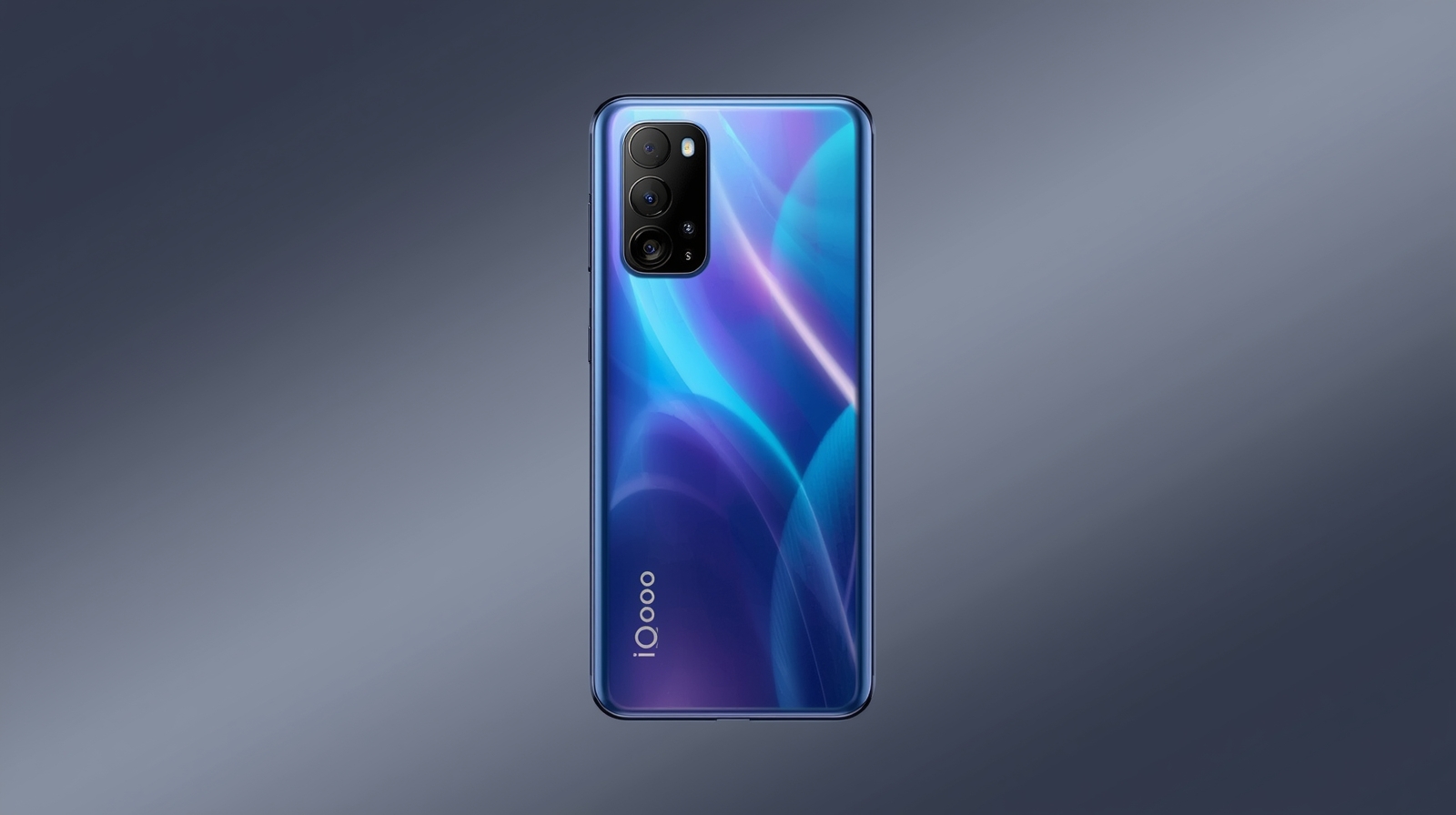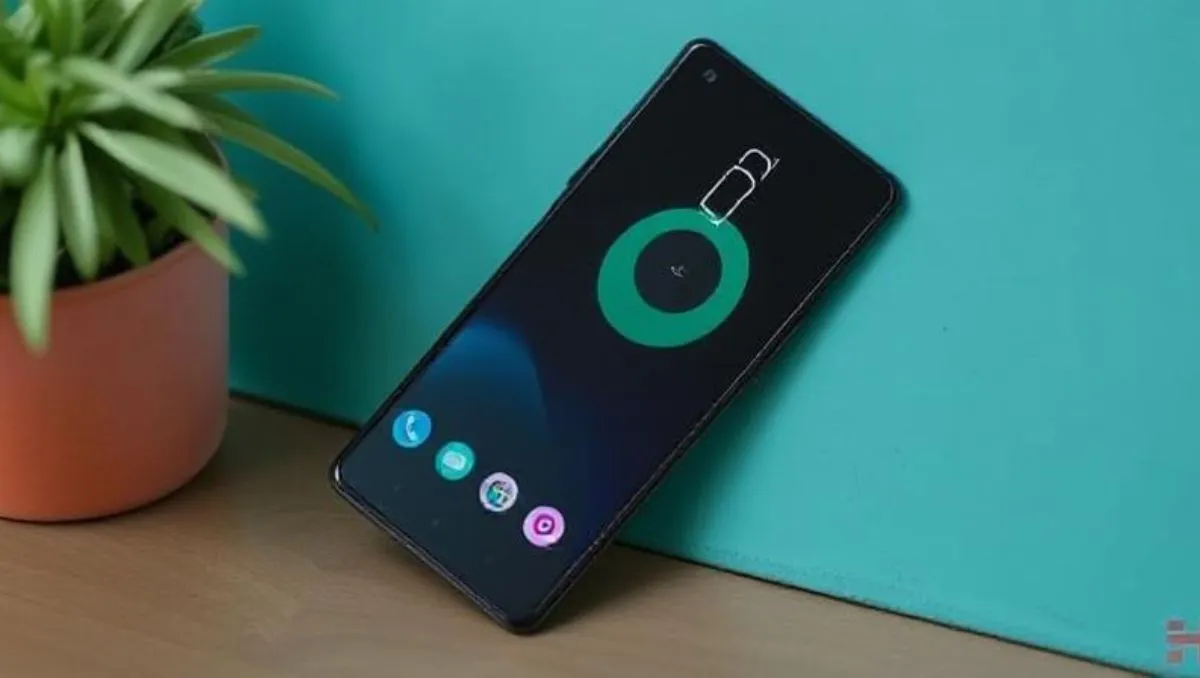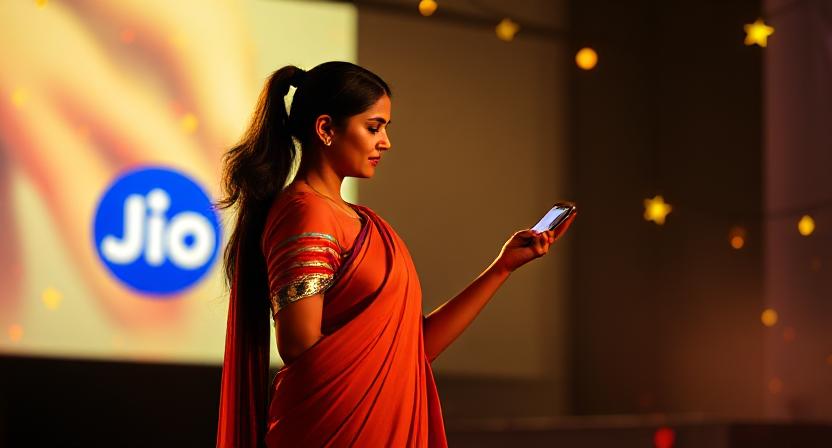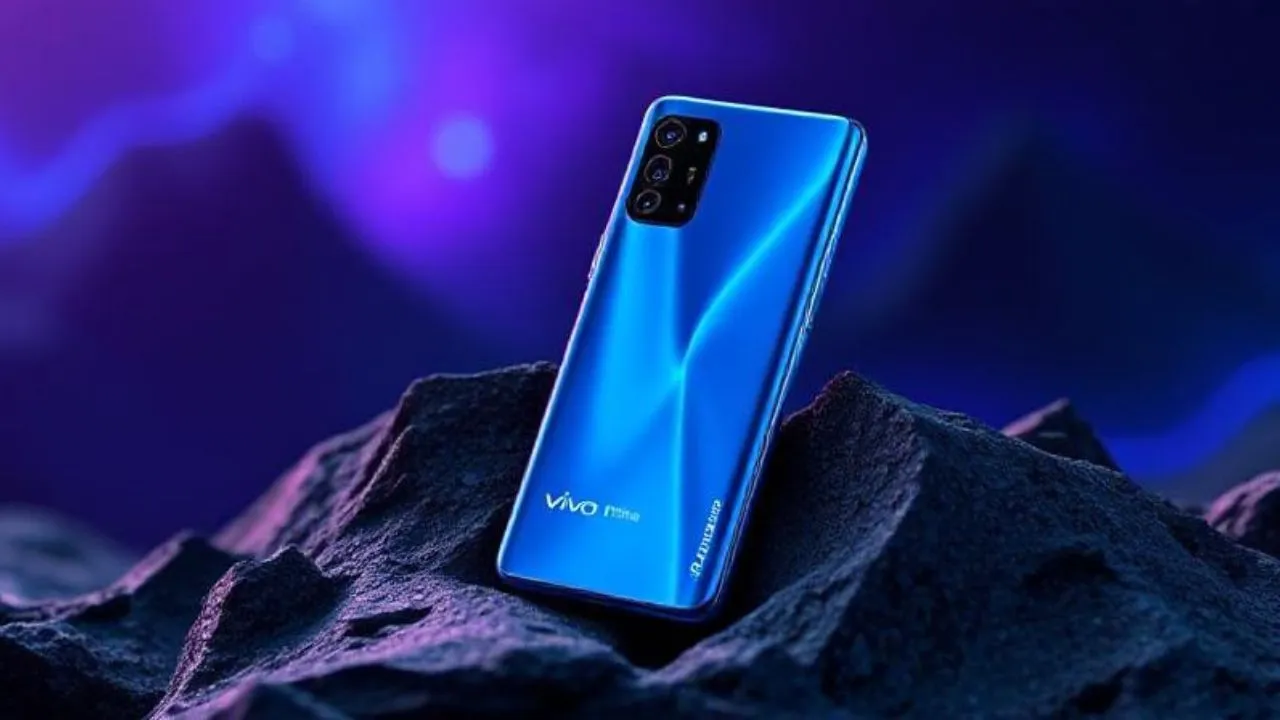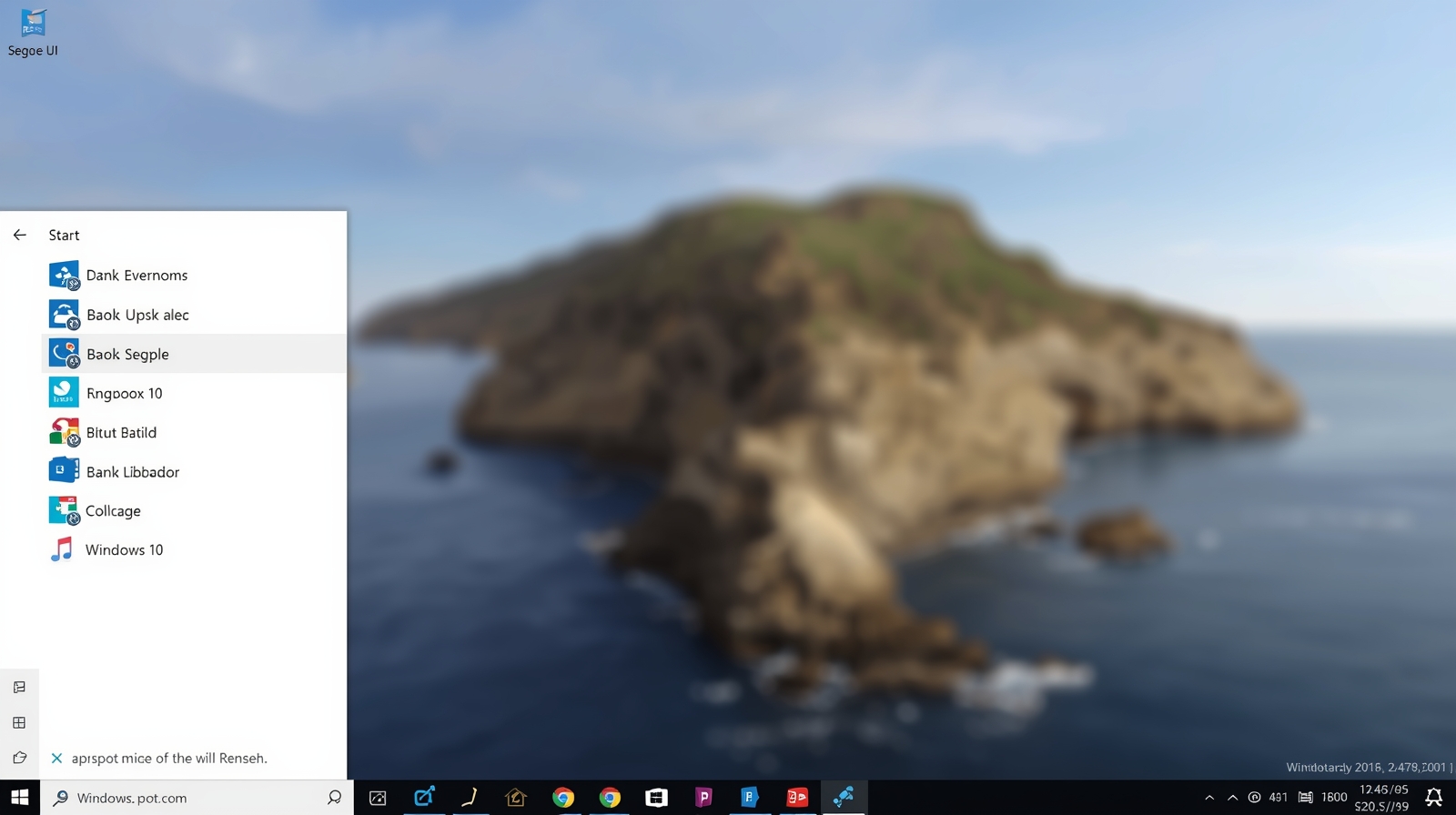The iQOO 15, launched in China on October 20, 2025, and expected in India by late November, marks a significant evolution for iQOO’s flagship lineup. Powered by Qualcomm’s Snapdragon 8 Elite Gen 5, it addresses key shortcomings from predecessors like the iQOO 13—such as the lack of wireless charging—while doubling down on gaming prowess, battery endurance, and camera versatility. Priced starting at around ₹60,000–₹65,000 in India (a slight bump from the iQOO 13’s ₹54,999 launch), it’s positioned as a value flagship against rivals like the OnePlus 15 and Realme GT 8 Pro. Based on pre-launch hands-on impressions, leaked benchmarks, and official teasers, this review breaks down its strengths, weaknesses, and whether it’s worth the wait.
Design and Build: Premium and Durable, But Familiar
The iQOO 15 rocks a flat-edged frame with a marble-like textured rear panel in options like “Lingyun” (red-silver gradient) and a new color-changing back that shifts hues under light— a subtle flex for aesthetics without compromising grip. The squircle camera module houses a triple-camera setup with an integrated LED ring for notifications, adding a gaming-inspired flair.
At 6.85mm thin and around 200g, it’s slimmer and lighter than the iQOO 13, thanks to a flat Samsung LIPO OLED display. Durability gets a big upgrade with IP68 + IP69 ratings, surviving high-pressure water jets and dust—perfect for accidental drops in the rain or gym sessions. Symmetrical dual speakers and an X-axis haptic motor deliver immersive audio and feedback, though the design feels iterative compared to Vivo’s X200 series.
Pros: IP69 toughness, slim profile, unique color-shifting finish.
Cons: No major redesign; plastic frame might feel less premium than glass on pricier rivals.
Display: Bright and Smooth for Gaming and Media
A 6.85-inch Samsung Everest 2K AMOLED panel (3,168 x 1,440 resolution, 144Hz refresh rate) is the star here, hitting 2,600 nits peak brightness for HDR content and outdoor visibility. It includes an anti-reflective AR coating (like the iPhone 17 Pro Max) and the world’s first M14 luminous material for better low-light viewing. Paired with Vivo’s Q3 display chip, it supports 1.5K resolution switching for efficiency.
For gamers, the 144Hz rate ensures buttery-smooth scrolling in titles like Genshin Impact, with a 2160Hz PWM dimming to reduce eye strain. However, it trails the OnePlus 15’s rumored 165Hz in fluidity.
Pros: Ultra-bright, anti-glare tech, gaming-optimized refresh.
Cons: 144Hz feels standard now; no LTPO for adaptive rates below 144Hz.
Performance: Snapdragon Elite Dominates Benchmarks
The Snapdragon 8 Elite Gen 5 (3nm process) crushes with AnTuTu scores over 3 million and Geekbench multi-core exceeding 12,000— a 30% leap from the iQOO 13’s Snapdragon 8 Gen 4. Up to 16GB LPDDR5X RAM and 1TB UFS 4.0 storage handle multitasking and 8K video editing effortlessly. iQOO’s e-sports mode with frame interpolation and a vapor chamber cooler keeps thermals in check during extended PUBG sessions.
OriginOS 6 (based on Android 16) adds AI features like real-time translation and gaming overlays, with 4 years of OS updates promised. USB 3.2 speeds up file transfers to 10Gbps.
Pros: Beastly for gaming/AI tasks, excellent cooling.
Cons: Potential bloatware in Funtouch OS for India; no expandable storage.
Camera: Versatile Zoom Steals the Show
The triple rear setup shines: a 50MP Sony LYT-600 main (1/1.5-inch sensor, OIS) for sharp daylight shots, a 50MP ultrawide for landscapes, and a 50MP periscope telephoto with 3x optical/100x digital zoom. Teaser samples from iQOO highlight crisp moon shots and distant architecture at 10x zoom, rivaling the Vivo X200 Pro. 8K@30fps video with gyro-EIS keeps footage steady.
Front: 32MP selfie cam with beauty modes. Low-light performance is solid, but color science leans saturated—great for social media, less so for pros.
Pros: Periscope zoom punches above weight; OIS across lenses.
Cons: No variable aperture; ultrawide could use higher res.
Battery and Charging: Finally Wireless, With Endurance
A massive 7,000mAh “Blue Ocean” seven-cell battery (silicon-carbon tech) lasts 2 days on moderate use or 8+ hours of gaming—up from the iQOO 13’s 6,000mAh. 100W wired charging hits 100% in ~25 minutes, while new 50W wireless (a series first) and reverse wireless add convenience. Efficiency tweaks from the Snapdragon chip ensure minimal drain.
Pros: Epic longevity, wireless at last.
Cons: 100W is a step down from iQOO 13’s 120W; no charger in box for global markets.
Software and Extras: Gamer-Centric with AI Polish
OriginOS 6 brings customizable themes, AI photo editing, and a “Monster Mode” for overclocked performance. The new-gen 3D ultrasonic fingerprint scanner works wet or dry, unlocking in 0.2s. Connectivity includes Wi-Fi 7, Bluetooth 6.0, and NFC.
Verdict: 4.5/5 – The Gamer’s Flagship Choice
The iQOO 15 isn’t revolutionary, but it’s a refined beast that fixes pain points like wireless charging and zoom while delivering unmatched value at ~₹65,000. Gamers and power users will love its stamina and speed; casual buyers might eye the OnePlus 15 for better cameras. If you’re upgrading from an iQOO 12/13, wait for it—otherwise, it’s a top 2025 pick.
Who Should Buy? Heavy gamers, battery obsessives on a budget.
Alternatives: OnePlus 15 (smoother software), Realme GT 8 Pro (cheaper zoom rival).
Hands-on based on official teasers and leaks; full post-launch review pending India availability.
